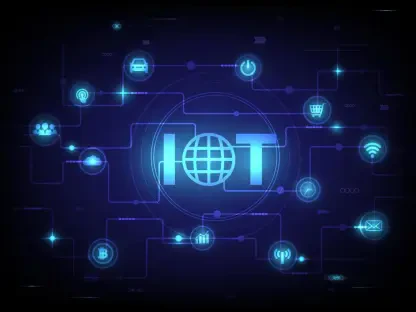Despite advancements in technological defenses, human error remains a significant vulnerability in cybersecurity, with phishing posing a potent threat due to its social engineering tactics. The FBI’s Internet Crime Complaint Center (IC3) reported approximately 300,000 phishing incidents in 2023 alone, leading to financial losses exceeding $18.23 million. Employees are generally aware of these risks but often engage in risky behavior, such as reusing passwords or clicking on suspicious links, which exacerbates the problem. A recent survey indicated that 71% of working adults admitted to such behavior despite knowing the potential dangers.
This disconnect between awareness and action is addressed through phishing simulations, which provide employees with practical, hands-on experience in identifying and mitigating phishing threats. Unlike passive training methods like online modules, simulations actively engage employees by mimicking real-world phishing attempts tailored to their organizational context and specific behaviors. This helps create a more realistic and immersive learning environment.
Phishing simulations work by testing employee responses to fake phishing attempts crafted to resemble legitimate communications. When employees fail to recognize these simulations and interact with them, they receive immediate educational feedback, highlighting the red flags and instructing them on proper actions. Detailed analytics from these simulations help organizations identify high-risk individuals or departments, allowing for targeted and customized training.
The benefits of simulation-based training are manifold. One key advantage is behavioral conditioning; regular exposure to simulated phishing attempts ingrains the habit of vigilance and prompt reporting, enhancing overall security awareness. Industries that engage more frequently in such simulations report higher rates of phishing attempt reporting, signifying a proactive and informed workforce.
Phishing simulations also aid in compliance with industry regulations such as GDPR or HIPAA, as they provide tangible evidence of ongoing cybersecurity training, necessary for audits. Moreover, by preventing even a single successful phishing attack, simulations can save organizations millions in potential breaches, regulatory fines, and recovery costs. Enhanced security through such training ensures business continuity by minimizing operational disruptions caused by cyberattacks.
However, phishing simulations do come with challenges. Employees might feel deceived or resentful if they perceive the simulations as punitive. It is crucial for organizations to maintain transparency and communication, emphasizing learning and cooperation rather than punitive measures. Ethical guidelines should be established to ensure that simulations are constructive and do not erode trust within the organization.
For maximum impact, a structured approach is recommended. Organizations should start with a baseline assessment to gauge current phishing awareness levels, followed by regular and varied simulations at unpredictable intervals. This helps maintain vigilance and addresses a broad spectrum of phishing tactics. Data from these simulations should be used to continuously refine training programs, focusing on areas where employees show the most difficulty.
Involving leadership in these simulations reinforces the importance of cybersecurity across the organization and can reduce vulnerabilities to high-level phishing attacks like CEO fraud. Continuous feedback and debriefing after each simulation ensure that lessons are learned and applied, fostering a culture of ongoing improvement.
In conclusion, phishing simulations are a vital component of a robust cybersecurity strategy. They bridge the gap between theoretical knowledge and practical, actionable skills, empowering employees to act as effective defenders against phishing attacks. This proactive approach not only enhances security awareness but also builds a resilient cybersecurity culture within the organization.









